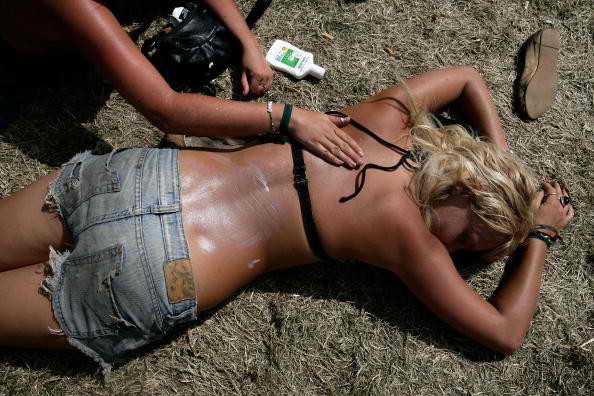Oxybenzone (benzophenone-3) is creating havoc on the coral reefs around the world. The chemical is commonly used in sunscreen lotions and has been found to have damaging effects.
It is said that there are more than 3,500 sunscreen products around the globe and Oxybenzone is found to be present in these lotions. Juvenile corals are the most susceptible to the effects of the said chemical. This is being carried by swimmers who use sunscreen lotions, as well as, through wastewater coming from the sewage outfalls and coastal septic systems, Daily Mail reported. This has been revealed by researchers at Tel Aviv University.
Oxybenzone has been found between 5-20 miles from the shores and responsible for several forms of toxicity including coral bleaching. Coral bleaching is also a phenomenon associated with El Niño, which only happens with high sea-surface temperature. Now, because of the chemical affecting the coral reefs, coral bleaching is happening even at low temperatures, which also makes the corals more susceptible to climate change, as the scientist explained.
"We found the lowest concentration to see a toxicity effect was 62 parts per trillion - equivalent to a drop of water in six and a half Olympic-sized swimming pools," said Dr. Omri Bronstein of TAU's Department of Zoology.
Oxybenzone is also creating irreversible damages to the DNA of the corals, making them incapable of reproducing, resulting to a global decline in coral population, Insight Ticker reported.
The scientist who conducted the research hopes that people become aware of the harmful effects of sunscreen to marine biology and pushes for an alternative to sun protection, such as a sun-protective swimwear.



























